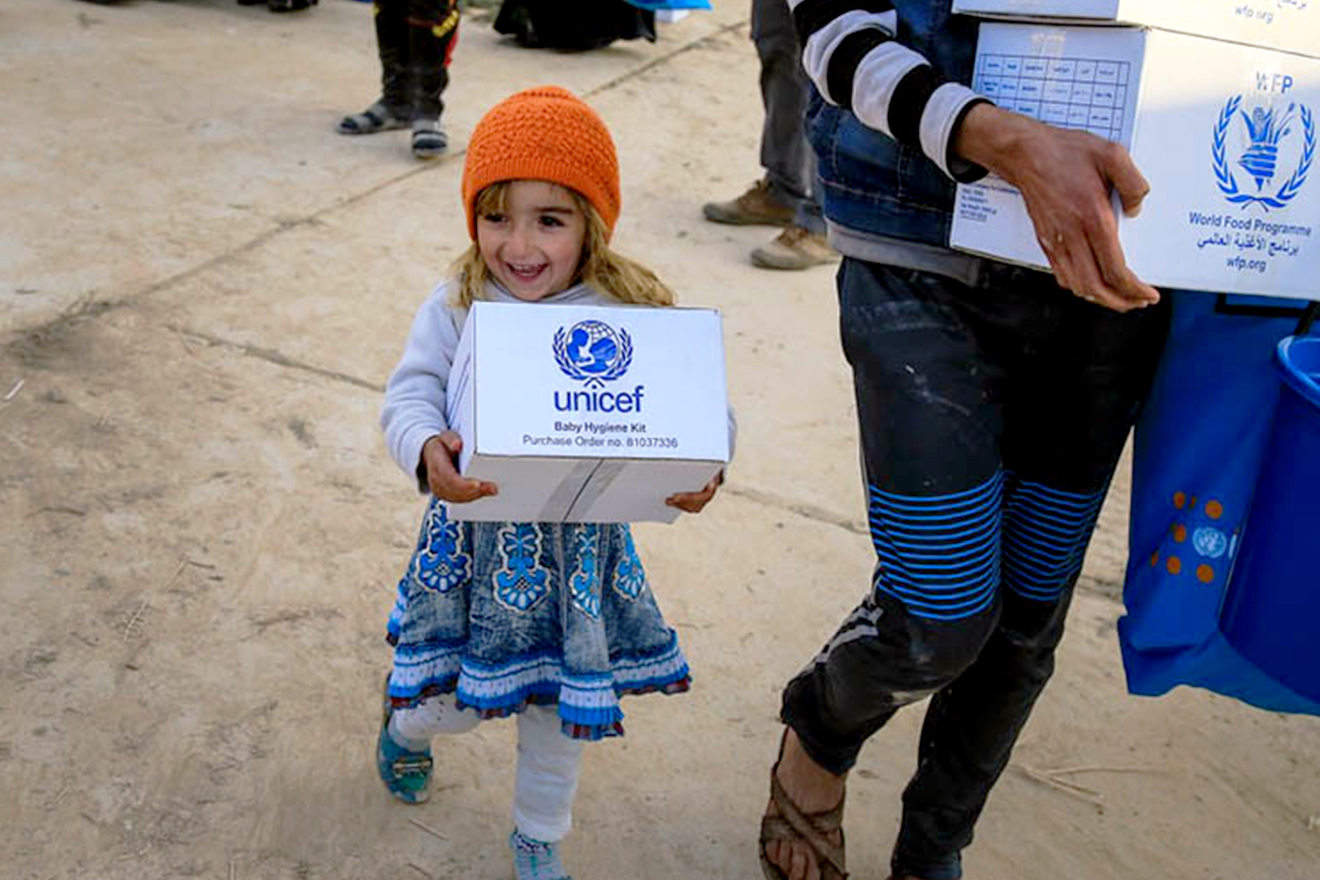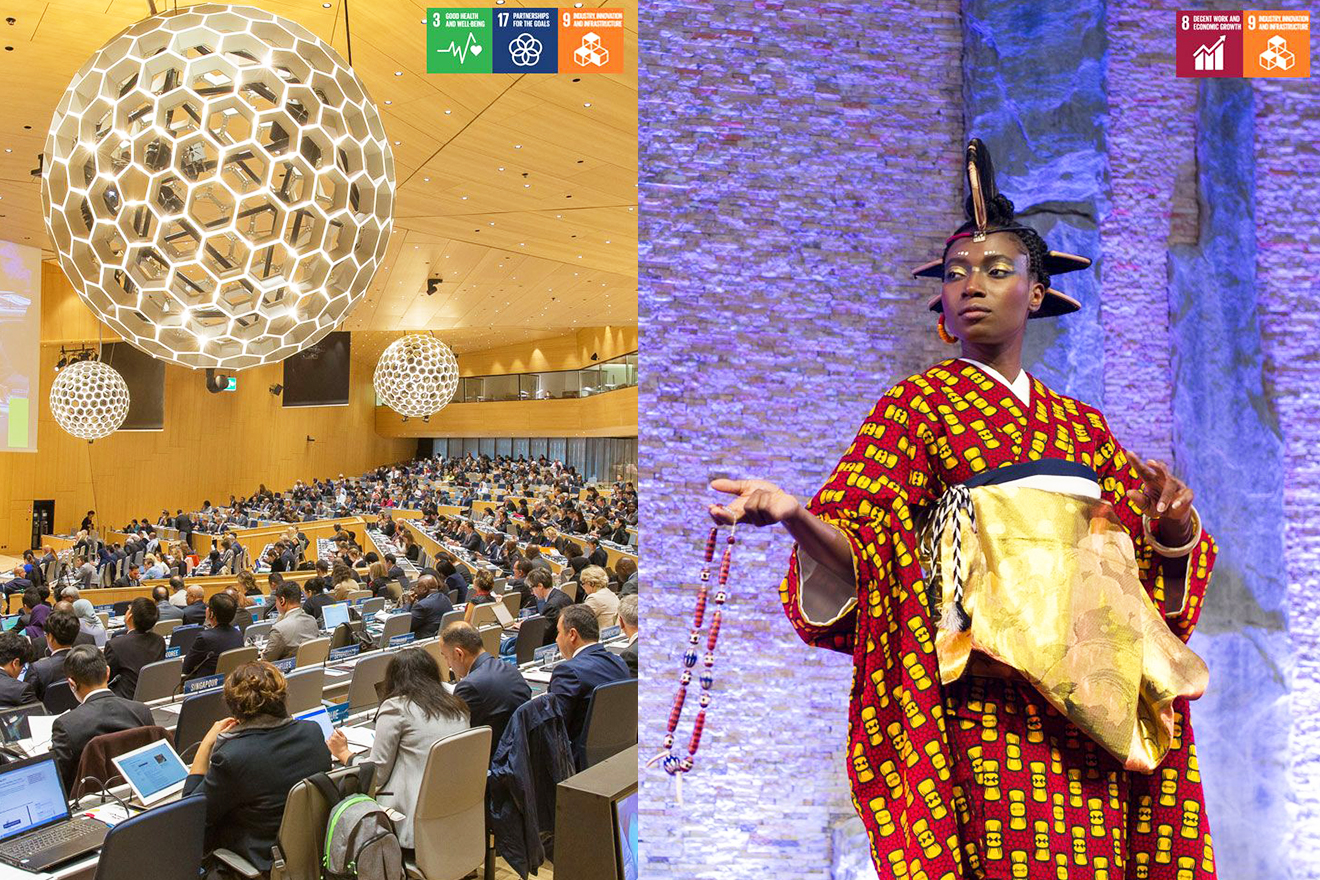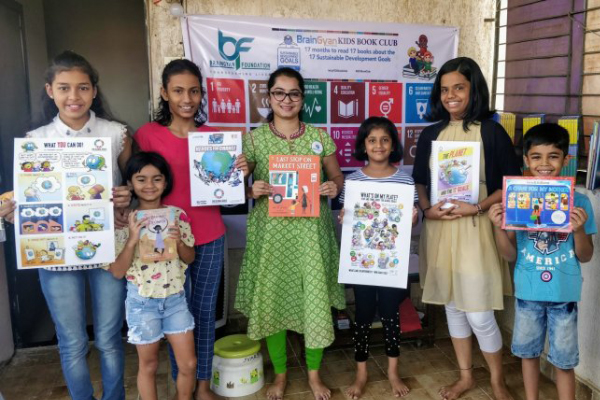The 2030 Agenda on Sustainable Development calls for a spirit of strengthened global solidarity, focused in particular on the needs of the poorest and most vulnerable, aiming to "leave no one behind." Charity provides real social bonding and contributes to the creation of inclusive, more resilient societies. Charity can alleviate the effects of humanitarian crises, supplement public services in health care, education, housing and child protection. The International Day of Charity was established with the goal of sensitizing and mobilizing people, NGOs, and stakeholders all around the world to to help others through volunteer and philanthropic activities.
SDGs
Targeting Toxins with Nuclear Techniques
Electron beams can be used to treat and destroy industrial pollutants. This video shows how scientists in Slovakia want to use this technology to clean a contaminated river
_____________
The 17 Sustainable Development Goals address the global challenges we face. Find out more and learn how they are all connected.
Reading and learning are essential to children’s growth and development; stories can fuel their imagination and raise awareness of new possibilities. The SDG Book Club aims to encourage them to learn about the Goals in a fun, engaging way, empowering them to make a difference.
From the start in 1945, one of the main priorities of the United Nations was to “achieve international co-operation in solving international problems of an economic, social, cultural, or humanitarian character and in promoting and encouraging respect for human rights and for fundamental freedoms



